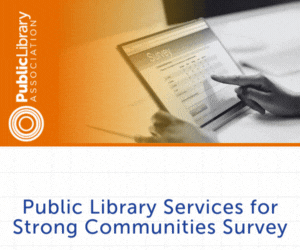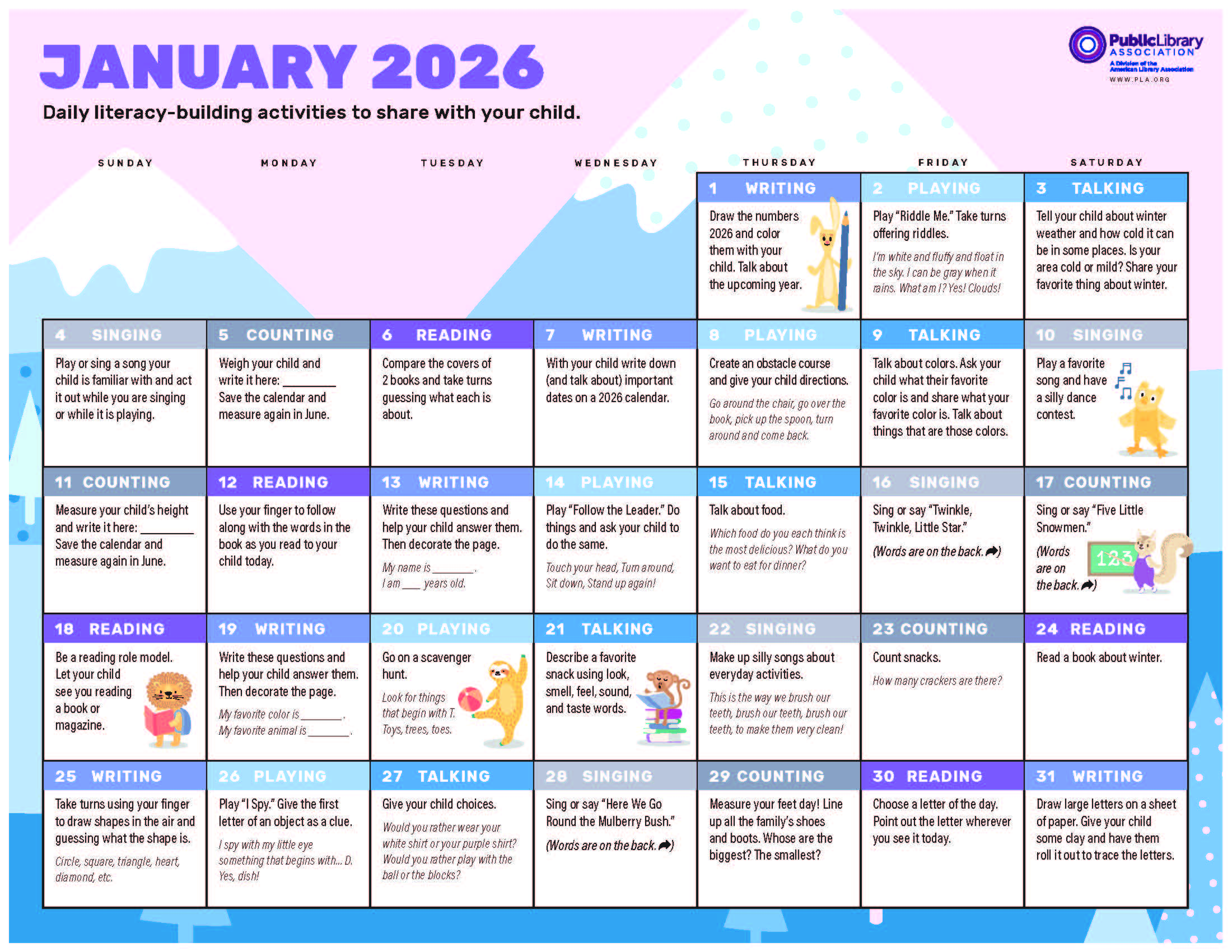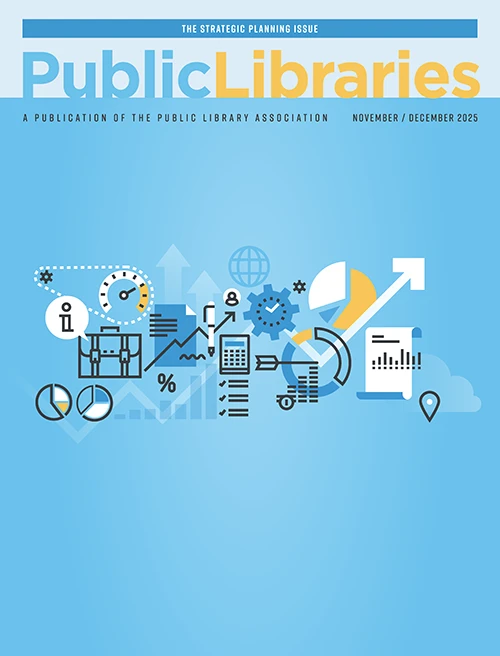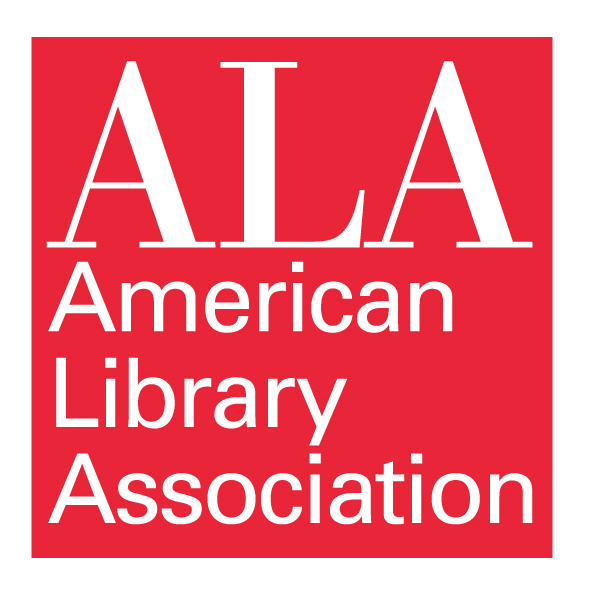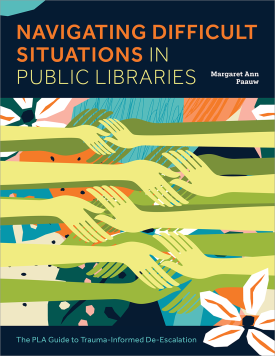Tech 2 Go
Contributing Editor MIKAEL JACOBSEN is Learning Experiences Manager at Skokie (IL) Public Library. Guest contributor SUZANNE WULF is Digital Services Manager for Niles (IL) Public Library District. Contact Mikael at mjacobsen@skokielibrary.info. Contact Suzanne at swulf@nileslibrary.org. Mikael is currently reading The Heart of What Was Lost by Tad Williams. Suzanne is currently reading Eleanor Oliphant is Completely Fine by Gail Honeyman
I was once giving a presentation on circulating nontraditional items. When one librarian stood up and casually mentioned that her library circulated bicycles, I nearly fell over. Others told me that their libraries circulate cake pans, power tools, musical instruments, paintings, and more. I once heard, and I half hope this is not real and half want to hear the assuredly amazing stories, of a library that was circulating costumes. My library checks out some pretty interesting learning objects, such as a Van de Graaff generator, microscopes, telescopes, steel drums, robots, a take-apart human torso (made of plastic!), and even a three-speed turntable (our junior high students were buying records but had nothing to play them on; it boggles the mind). We have also circulated technology items for about seven years. In the next section, my guest contributor for this column—Suzanne Wulf of the Niles (IL) Public Library District (NPLD)—assists in answering the most common questions about circulating technology items and o er some best practices in selecting devices, developing procedures, promoting the collection, and measuring success.
Since the beginning, libraries were designed to facilitate learning through accessing resources such as clay tablets, scrolls, books, DVDs, and so on. More recently, libraries have understood their mission as providing access to learning items to battle inequity in society. Circulating technology items exemplify both components of this mission in the twenty-first century.
Niles Public Library District
In 2014, NPLD pursued an initiative to create a makerspace, a digital media lab, and a circulating technology collection. An interdepartmental committee was formed to purchase equipment for the spaces and the collection. This initiative was brand- ed the Creative Studio and the task force worked together for a year researching and evaluating equipment for the collection. The circulating Creative Studio collection was launched in the fall of 2015 and the Digital Services department continues to maintain and develop the collection.
The selection criteria for the Creative Studio collection include the ability to package the item, ease of use, and number of replaceable pieces it contains. We select equipment that is accessible, interesting, and engaging. The equipment must not require the user to download software. Here are the items in the collection:
- Button-making machine
- Canon PowerShot SX400
- GoPro HERO3, GoPro HERO4 Silver, and various GoPro mounts
- LaCie 2TB Thunderbolt external hard drive
- Nootle iPad tripod
- Polaroid Table Top Studio
- Portable green screen kit
- Roku 3 and Roku Streaming Sticks with Netflix
- Wolverine slide converter
- Zing Mobile Hotspots
In addition to the equipment that is circulated outside the building, there is a collection of equipment for use in the library. There is more flexibility with this equipment in terms of packaging and use. For example, the Silhouette vinyl cutter is paired with a MacBook preloaded with the required software. Items that circulate within the library are:
- Auray pop filter
- Canon camcorder with tripod
- Ion Dual Deck Vinyl and Cassette Convertor
- iPads
- MacBook Pros
- Nikon DSLR camera
- Silhouette vinyl cutter
- Yeti microphones
- Wacom tablet
Each item in the Creative Studio collection is packaged in a durable and functional case to withstand heavy use.
A variety of cases are used, including Tupperware, CamKix cases, JanWay bags, laptop cases, tool boxes, and musical instrument cases. Custom catalog records are created for many of the items, along with specialized loan rules, since we are part of a consortium with a shared catalog. We work with the Technical Services department to identify which pieces need to be labeled with a barcode and where the item list and tags should be placed.
The loan period for the Creative Studio equipment is one week, with the exception of the mobile hotspots, which have a three-week loan period. The minimum age for checkout is thirteen (minors need a guardian’s signed permission) and the collection is limited to NPLD cardholders.
It was determined that the best place for equipment to be circulated from was the Technology Desk, staffed by the Digital Services department. In order for a patron to check out Creative Studio equipment, they must read the Creative Studio Policy for Patron Use and sign a User Agreement stating that they agree to adhere to the policy. Staff note that they have a signed user agreement on file in the patron’s record. Equipment can only be returned at the Technology Desk, where staff verify the physical components and prepare the item for the next checkout. This includes checking stored logins and clearing memory cards. The procedures for checking the equipment in and out are documented in a binder for staff to refer to.
Most people still don’t think of the library as a place where they can check out a GoPro camera or a mobile hotspot. The perception of the library as a book warehouse, along with the equipment being stored in a locked cabinet, makes marketing the collection especially challenging. The Marketing Department created signs on foam board advertising the Roku devices and inter led them with the DVDs to promote them. New and existing equipment offerings are highlighted in the print newsletter, on social media, and on posters throughout library. The staff members at the Technology Desk promote the Creative Studio collection to patrons, similar to how other staff might talk up a particular book. Having a specific brand and name for the collection has made the promotion much easier.
The mobile hotspots are by far the most popular item in the Creative Studio collection and have generated waiting lists without much promotion. The GoPro cameras have captured the interest of many patrons both young and old looking for a unique way to document their adventures. One patron used the GoPro camera to lm his bike rides throughout the year to be watched while we he was cycling indoors during the winter. Since we started the collection in October 2015, circulation has remained steady. Figure 1 is a chart detailing Creative Studio collection circulation by month.
The best advice I can give is to stock up on cables, chargers, and other replacement parts. I wish that I had more pieces and parts on hand in the beginning to replace missing smaller pieces like screws. I am not discouraged by equipment damage or missing parts. Oftentimes brand-new books are the victim of a coffee spill, and the equipment is no different.— Suzanne Wulf, NPLD Digital Services Manager
Google Chromebooks at the Skokie Public Library
Instead of discussing our entire collection of technology items, I would like to concentrate on one particular item to highlight how we are measuring success. In October 2015, Skokie Public Library (SPL) began one-week checkouts of Dell Google Chromebooks. We started with a collection of ten, and added eight more a few months later. A Google Chromebook is a simple laptop computer using the Google Chrome operating system (OS). The Chrome OS is designed primarily to get a user online and ready to use cloud resources such as Google Drive or a web browser. The Chromebooks have been checked out a total of 866 times, for an average of about fifty-one checkouts a month.
I decided to start circulating Google Chromebooks because of a need discovered during an in-person survey of our computer and laptop users. These particular type of laptops were chosen over Windows, MacBooks, or Linux because of their relatively low price, a one-to-one device initiative by the local high school, ease of use, and the ability to make them non-responsive (brick) remotely through the Google Management Console.1 Imagine if you could brick books that were late!
When checking out a Chromebook (or other technology item), the library staff member checks a photo ID to be sure it matches with the library card being used to take the item out. Digital Literacy Specialists review the device to be sure all the components are accounted for and functional when lending it out or taking it in.
We have begun to measure the outcomes of circulating the Chromebooks and other technology equipment. The sample size is only about 2 percent of checkouts so far, but indications are good that the Chromebooks are succeeding in producing valuable outcomes (question 1). The surveying also helps us understand why patrons are using the Chromebooks (question 2).
1. When prompted “As result of using this resource . . . ”
- 94 percent strongly agree or agree that they feel more knowledgeable about the equipment
- 94 percent strongly agree or agree that they feel con dent about using the equipment
- 94 percent strongly agree or agree that they intend to apply what they learned using the equipment
- 94 percent strongly agree or agree that they are more aware of how the library can help them learn and/or create
2. When asked “Why did you check out this item (select all that apply)?”
- 47 percent indicated to find a job or improve job skills
- 12 percent to do their job
- 6 percent to start or run a business
- 35 percent to learn something new
- 47 percent to complete school work
- 24 percent to better communicate with family and/or friends. Our patrons are pleased to check out useful technology they may not otherwise be able to get their hands on. Taking the plunge may be worth the return on investment for your organization as well.
By the way, if you work for the library that circulates costumes (or really anything else “interesting”), please contact me at mjacobsen@skokielibrary.info. I want to hear all about it.
Reference
1. Google Chrome, “Chromebooks for Work,” accessed June 19, 2017.
Tags: circulating nontraditional items, unique circulating collections




